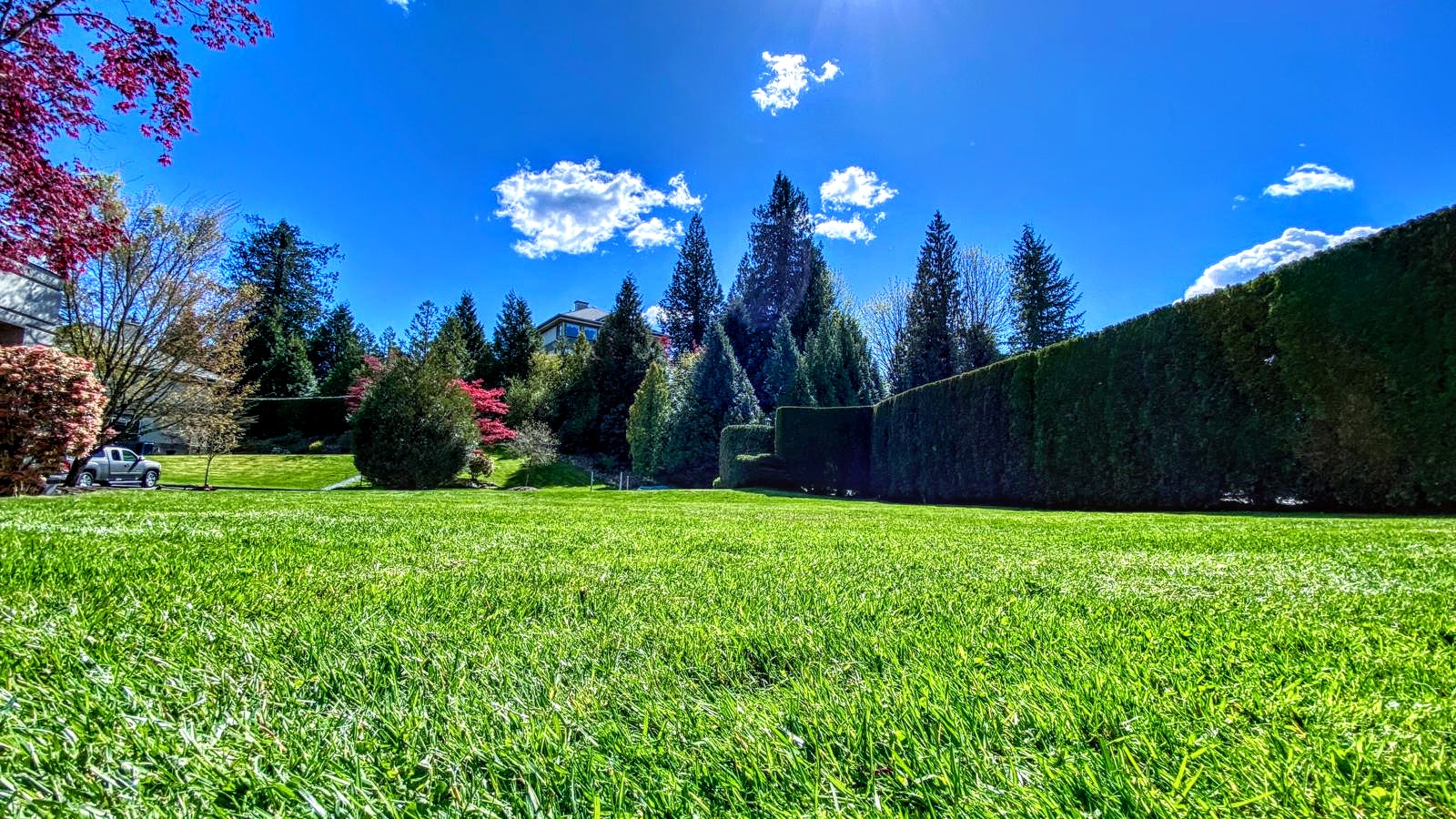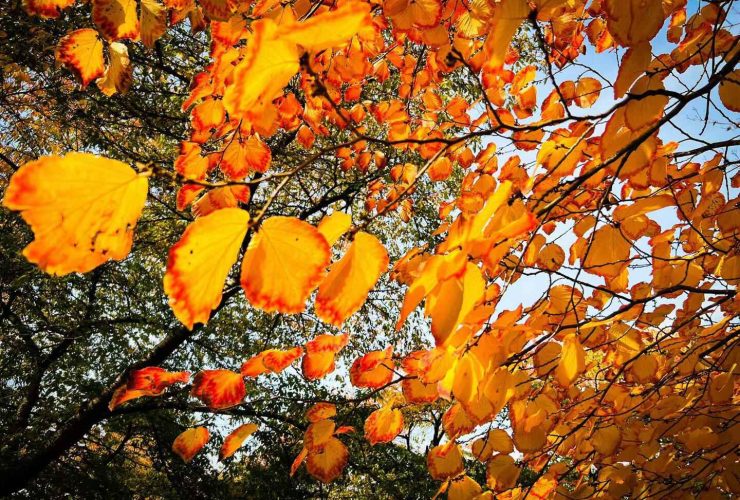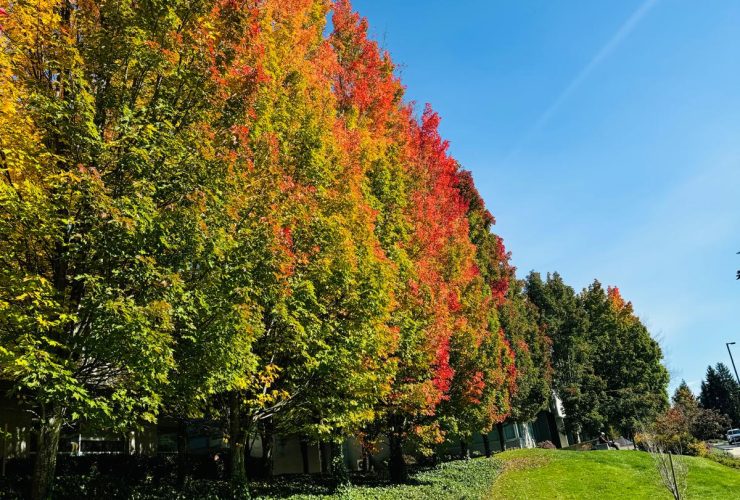As winter fades, it’s time to rejuvenate your property’s landscape for a fresh and healthy start. In British Columbia’s unique climate, where heavy rainfall, fluctuating temperatures, and invasive pests pose seasonal challenges, a well-maintained landscape is essential. Proper spring maintenance enhances curb appeal, reduces long-term costs, and ensures a welcoming environment for tenants and visitors.
Here’s a comprehensive spring landscaping checklist to guide commercial and strata property managers in protecting and enhancing your green spaces.
1. Lawn Aeration – Strengthen Your Lawn
Over time, foot traffic and weather conditions compact the soil, making it difficult for water, air, and nutrients to reach grass roots. Lawn aeration loosens compacted soil by creating small holes, boosting root growth and improving overall lawn health.
Best time: Spring and autumn, when the lawn is actively growing.
Pro Tip: Different soil types require specific aeration techniques. We use mechanical aeration, which is the most effective method for relieving soil compaction and improving lawn health.
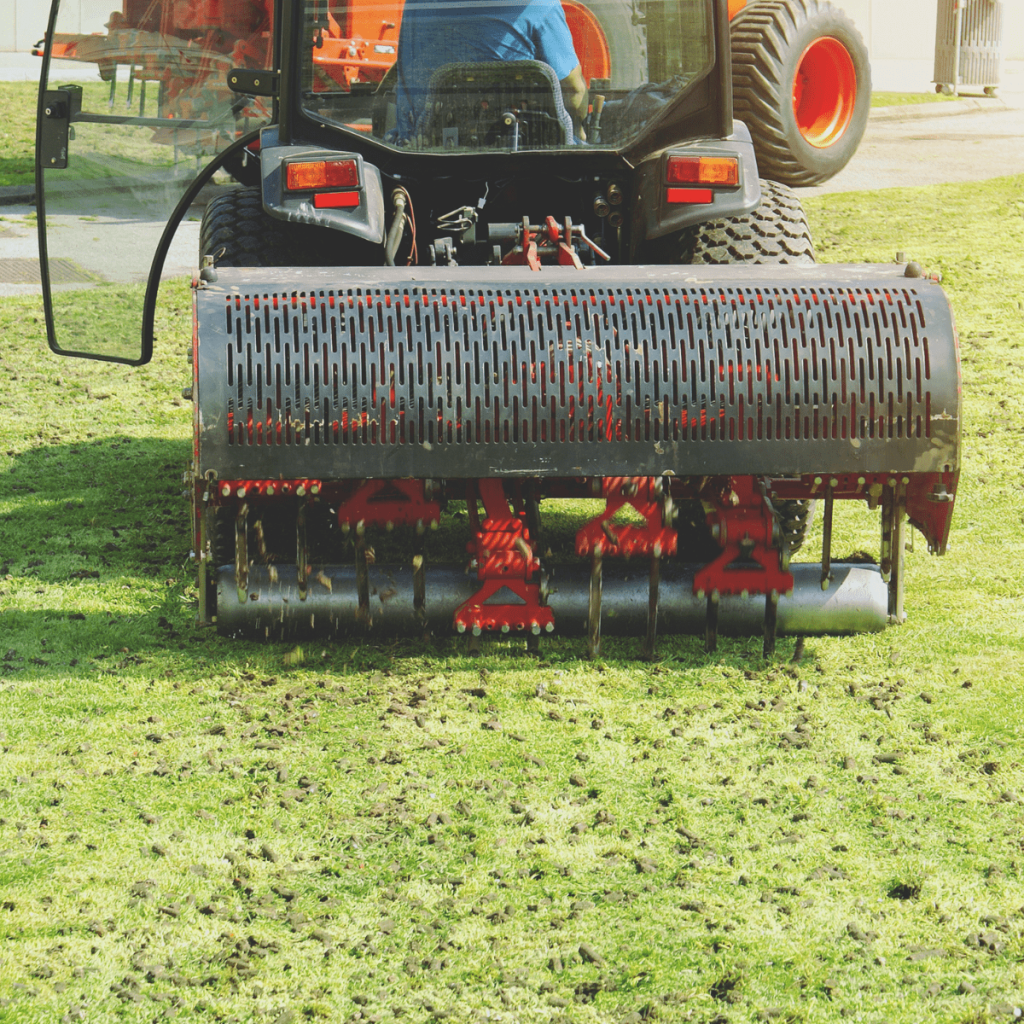
2. Dethatching – Remove Winter Debris
Thatch is a dense layer of dead grass, roots, and organic matter that prevents air, nutrients, and water from reaching the soil. Dethatching removes this barrier, allowing your lawn to breathe and grow thicker and greener.
Best time: Spring is the best time in Metro Vancouver and the Lower Mainland when the grass is actively growing and can recover quickly.
Pro Tip: Use a dethatching rake for small areas or a power dethatcher for larger lawns. Be careful not to over-dethatch, as it may damage healthy grass.
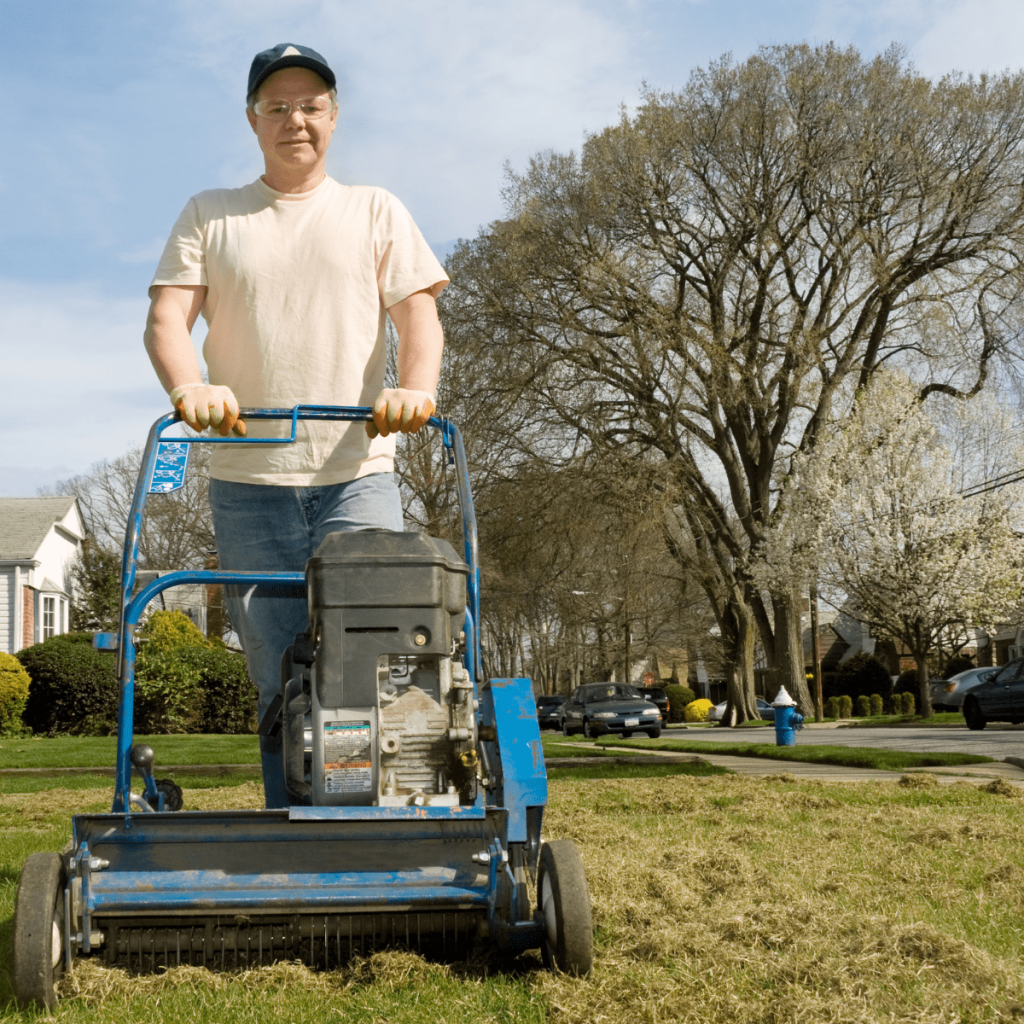
3. Grub Treatment – Prevent Pest Damage
Grubs, such as Chafer Beetles, Japanese Beetles, and European Crane Flies, feed on grass roots, causing brown patches and thinning turf. Left untreated, grub infestations attract wildlife like raccoons and skunks, which dig up the lawn in search of food.
Grub treatment involves using targeted insecticides or natural treatments to prevent infestations before they cause visible damage. Early treatment prevents severe infestations and protects your turf.
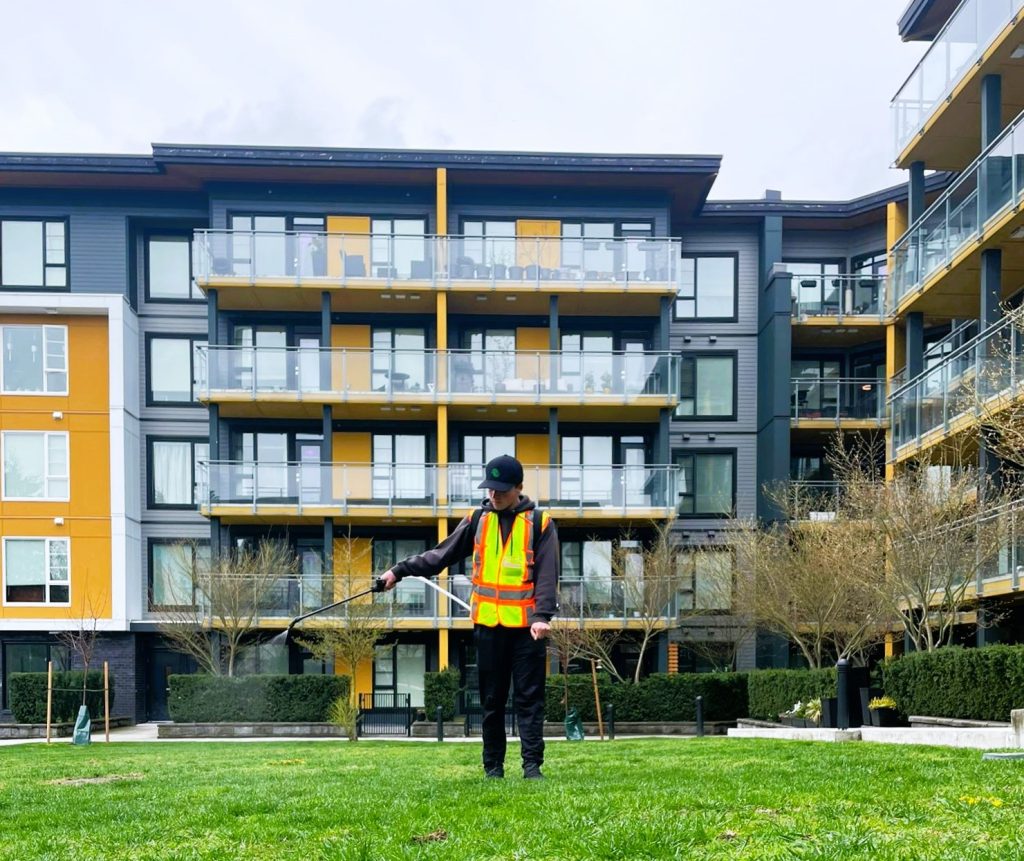
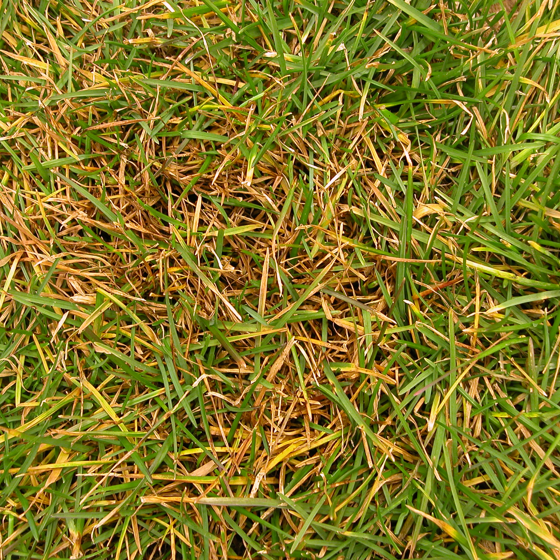
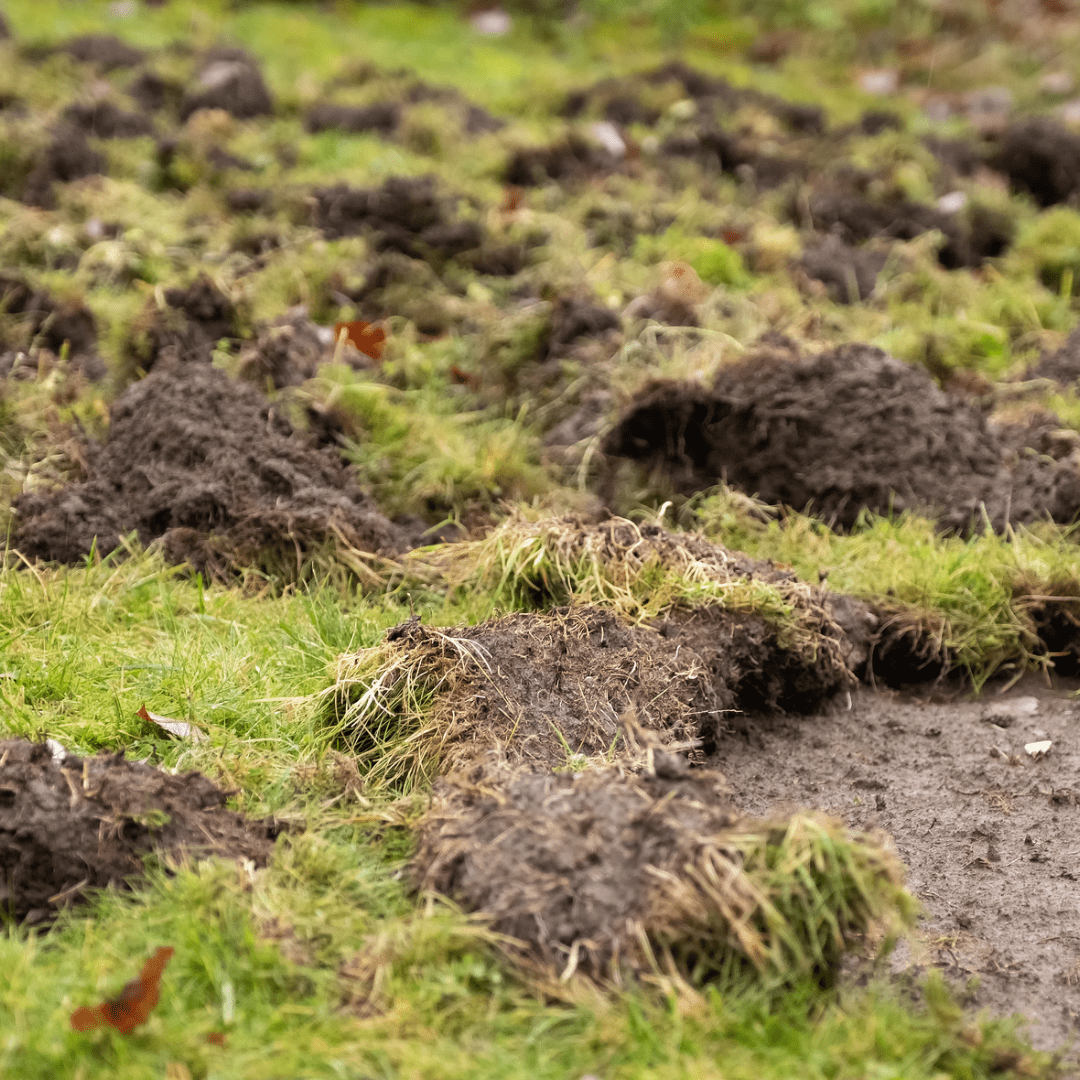
Best time: Late Spring to early summer, when grubs are small and vulnerable.
Pro Tip: In British Columbia, effective grub management strategies include:Maintain Longer Grass: Keeping your lawn height between 6 to 9 cm (2.5 to 3.5 inches) makes it less attractive for beetles to lay eggs and more challenging for grubs to reach the root zone.
Install Protective Netting: Applying mesh or netting over the lawn during peak beetle activity (typically late spring to early summer) can prevent adult beetles from laying eggs in the turf, thereby reducing grub populations.
Chemical Treatments: If physical deterrents are insufficient, chemical treatments can be effective. However, these should be carefully timed to target young grubs before they mature. Preventative insecticides work best when applied in late spring to early summer, aligning with the period when adult beetles lay their eggs. Curative treatments are most effective in late summer to early fall, targeting grubs that are actively feeding near the soil surface.
4. Garden Cleanup & Weeding – Keep Your Landscape Tidy
A well-maintained landscape prevents disease, improves air circulation, and gives plants room to thrive. Weeding and debris removal help keep gardens neat and healthy throughout the growing season.
Best time: Perform a full cleanup in early spring before new growth starts. Weeding should be done regularly throughout the growing season.
Pro Tip: Manual Weeding: Remove weeds, including their root systems, before they have a chance to seed. This practice will reduce the recurrence of weeds in your garden beds.
Pruning and Leaf Removal: Trim dead branches and rake fallen leaves. This not only promotes plant health but also enhances the overall appearance of your garden.
Incorporating these practices into your spring garden routine will contribute to a thriving and aesthetically pleasing outdoor space.
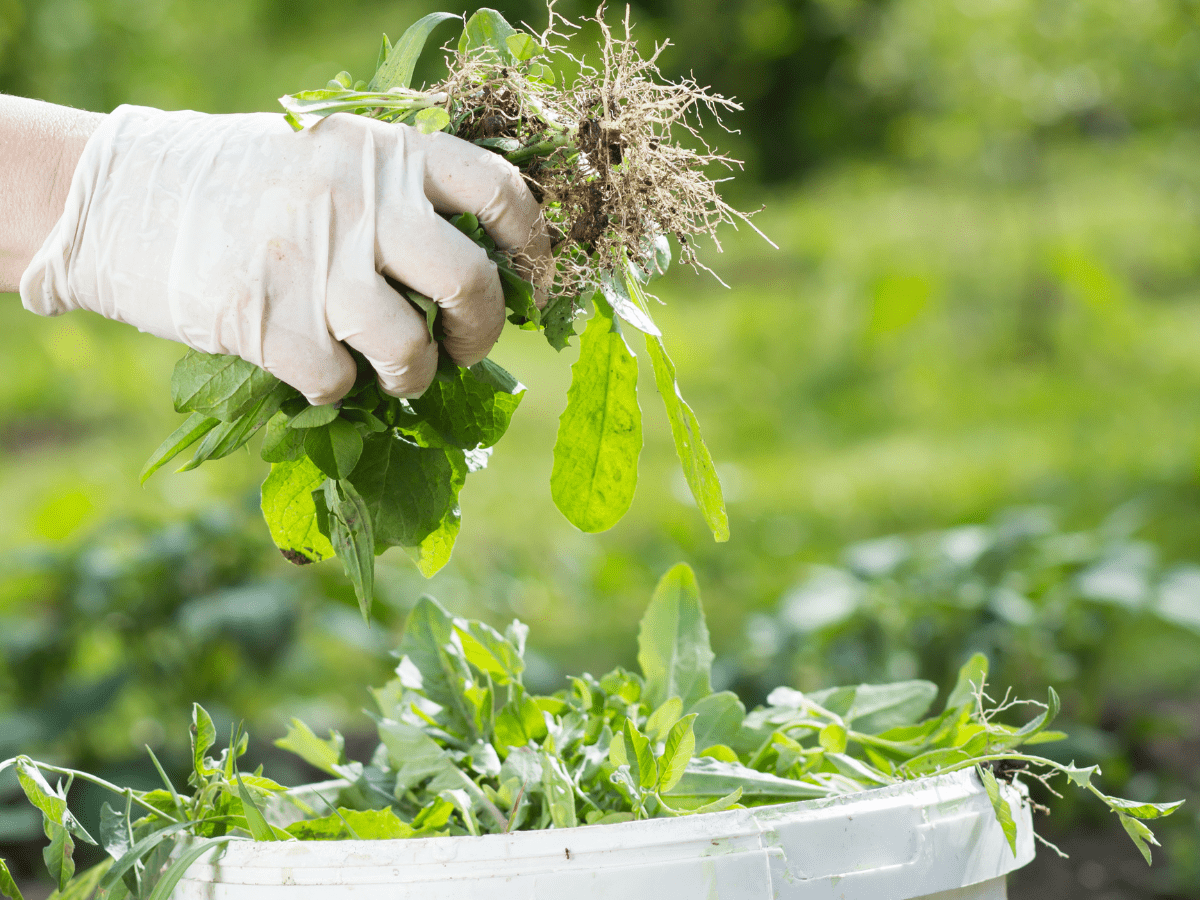
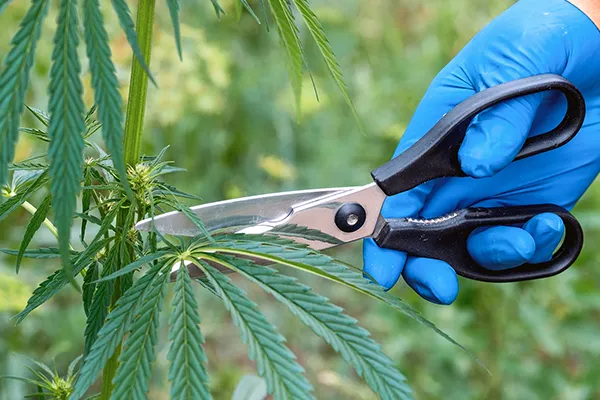
5. Mulching – Protect and Nourish Plants
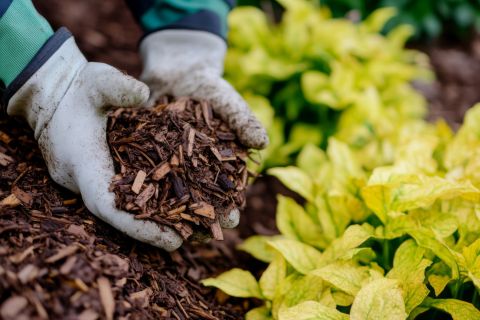
Mulching is a simple yet effective way to enhance soil health and support plant growth. By adding a protective layer over the soil, mulch helps retain moisture, suppress weeds, and regulate soil temperature, creating an optimal environment for flowers, shrubs, and trees. Additionally, it acts as a barrier against wind and sun, reducing water evaporation and minimizing weed competition.
Best Time: Apply mulch in early spring or after planting to lock in moisture and keep weeds at bay.
Pro Tip: Spread a 2-3 inch layer of mulch around plants and trees for maximum benefits. Different areas of your landscape may require different types of mulch—for example, organic mulch in garden beds enriches the soil, while gravel or stones in pathways or around water features improve drainage and add a polished look. Choosing the right mulch for each area ensures both functionality and aesthetic appeal.
6. Fertilizing – Give Your Lawn & Shrubs a Nutrient Boost
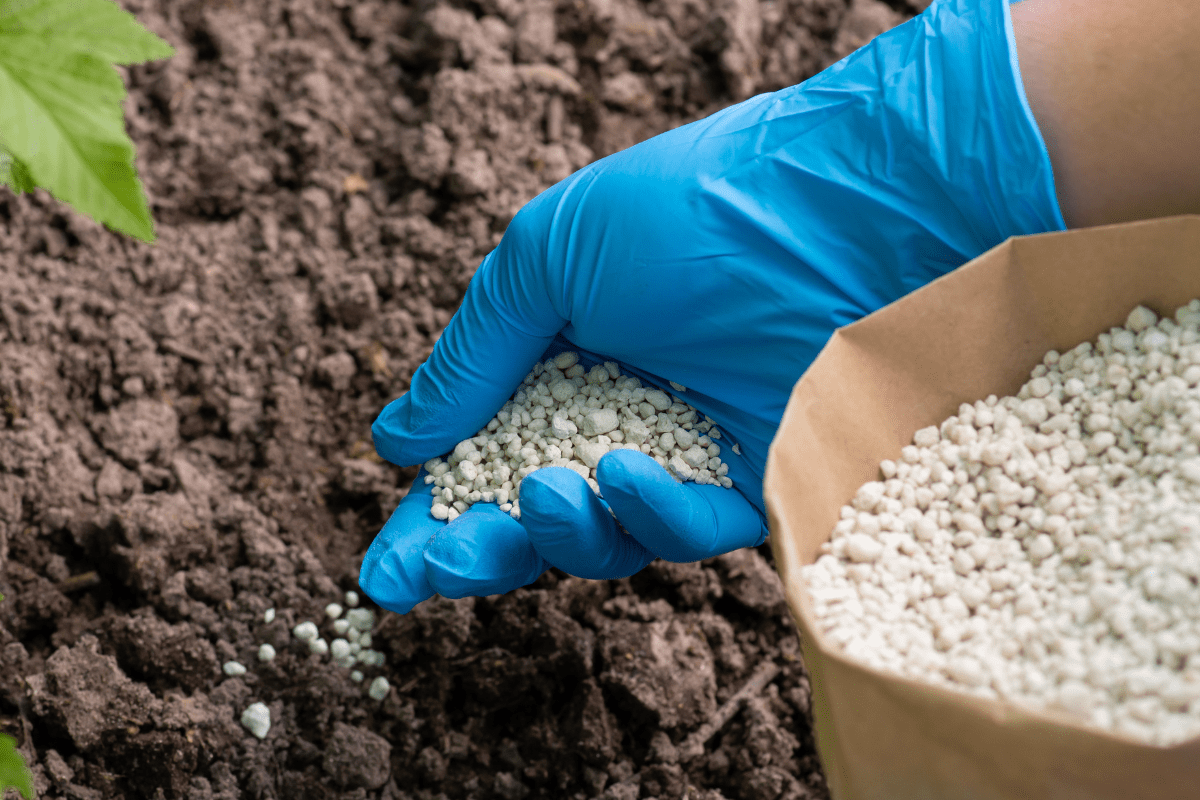
After months of dormancy, lawns and shrubs need essential nutrients to recover and flourish. Proper fertilization encourages strong root development, lush green color, and resistance to disease and stress.
Best time: Early spring for lawns; shrubs should be fertilized based on their specific needs.
Pro Tip: Use a balanced fertilizer suited to your soil type and plants. Apply evenly with a spreader for uniform coverage. Different soil types and plants require specific fertilization techniques. For example, sandy soils may need more frequent applications, while clay soils hold nutrients longer but require proper aeration for absorption. Slow-release fertilizers work well for steady nutrient supply, while organic options improve long-term soil health. Understanding your soil composition and plant requirements ensures the best results for a healthy, thriving landscape.
Request your spring landscaping maintenance quote today!
Get a Quote


